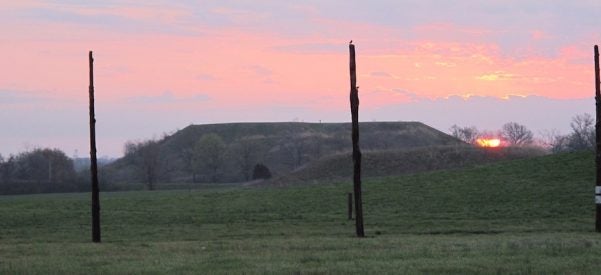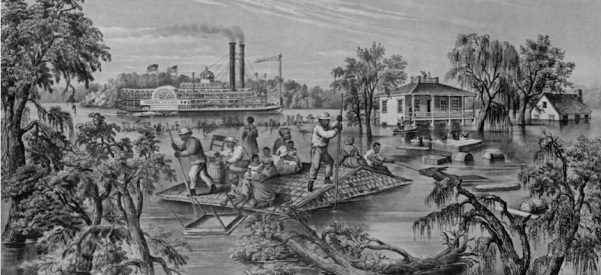How White Settlers Buried the Truth About the Midwest’s Mysterious Mounds
Pioneers and Early Archeologists Preferred to Credit Distant Civilizations, Not Native Americans, With Building These Monumental Cities
Around 1100 or 1200 A.D., the largest city north of Mexico was Cahokia, sitting in what is now southern Illinois, across the Mississippi River from St. Louis. Built around 1050 A.D. and occupied through 1400 A.D., Cahokia had a peak population of between 25,000 and 50,000 people. Now a UNESCO World Heritage Site, Cahokia was composed of three boroughs (Cahokia, East St. Louis, and St. Louis) connected to each other via waterways and walking trails that extended across the Mississippi …



